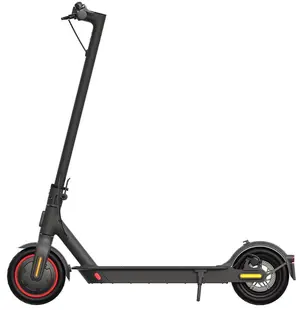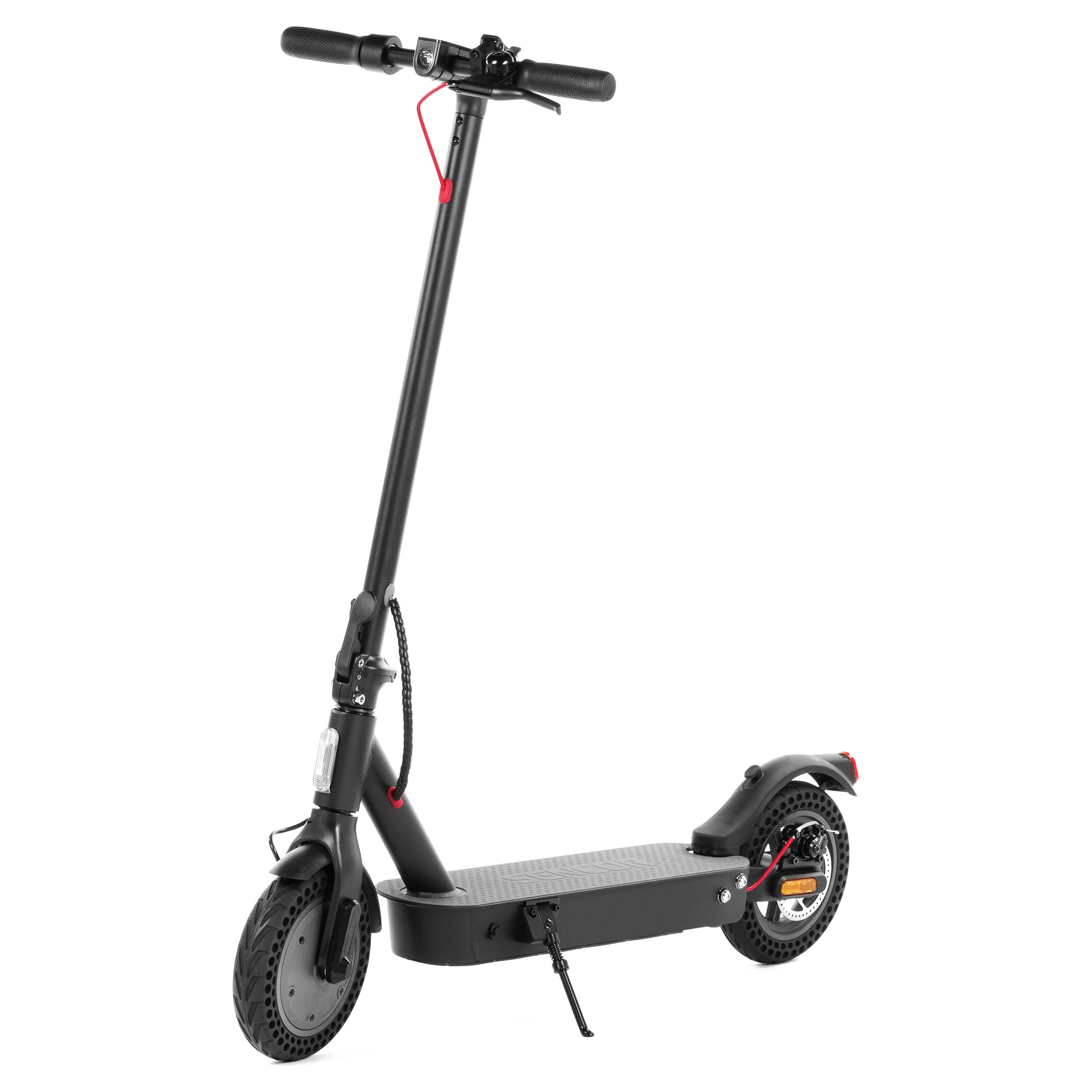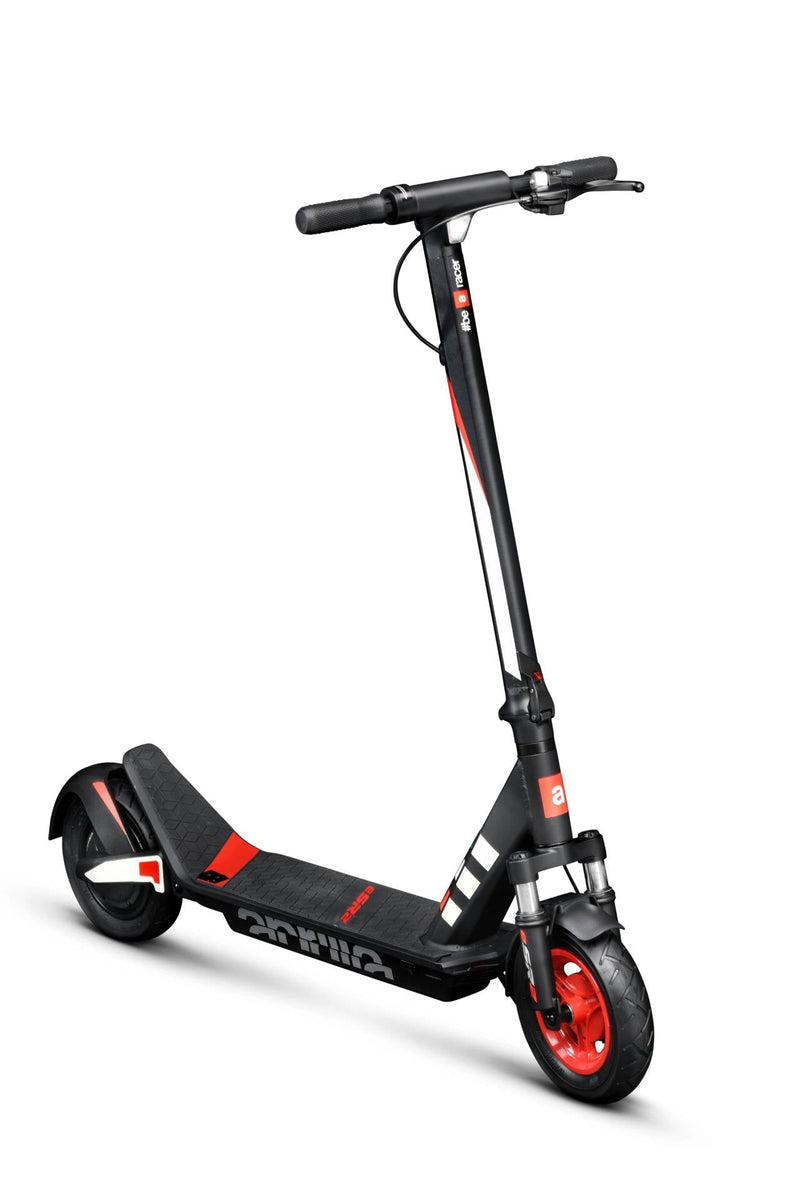The Scooter Revolution: A Comprehensive Guide to Two-Wheeled Mobility
Scooters are compact two-wheeled vehicles that have become a popular mode of urban transportation. They come in various types, including kick scooters, electric scooters, and gas-powered scooters. Scooters are valued for their sustainability, cost-effectiveness, and convenience in navigating crowded city streets. Whether used for commuting or recreation, scooters offer an eco-friendly and efficient way to get around, making them a significant part of the modern urban mobility landscape.
Benefits of Scooters.

In the bustling streets of modern cities, a silent revolution has been taking place. It's not fueled by roaring engines or the hum of electric cars; instead, it's the quiet purr of scooters that's capturing the attention of commuters worldwide. Scooters have emerged as a versatile and sustainable mode of urban transportation, offering convenience, cost-effectiveness, and eco-friendliness. In this comprehensive guide, we will delve into the world of scooters, exploring their history, types, benefits, and the factors contributing to their rising popularity.
The Evolution of Scooters
To understand the modern scooter, we must first take a step back in time to trace its origins. The concept of a scooter can be traced back to the early 19th century when the "dandy horse" or "running machine" was introduced. This precursor to the scooter was essentially a bicycle without pedals and served as a stepping stone in the development of personal mobility.
Scooters, as we know them today, began to take shape in the early 20th century. The Vespa, produced by the Italian company Piaggio in 1946, is often considered the pioneer of modern scooters. With its sleek design and affordable price, the Vespa quickly gained popularity in post-World War II Europe, becoming an icon of mobility and style. Soon after, other manufacturers around the world began producing their versions of scooters, contributing to the diversification of the market.
Types of Scooters
Scooters come in various shapes and sizes, designed to cater to different preferences and needs. Here are the most common types:
a. Kick Scooters: These are the classic, foot-powered scooters. They're simple, lightweight, and great for short-distance commutes. Kick scooters are popular among children, teenagers, and adults for recreational and last-mile transportation.
b. Electric Scooters: The electric scooter (e-scooter) revolutionized urban mobility. Powered by rechargeable batteries, e-scooters are perfect for short urban trips. Rental services like Lime and Bird have popularized electric scooters as a convenient mode of transportation in many cities.
c. Gas-Powered Scooters: These scooters run on gasoline engines, much like a small motorcycle. They offer more power and longer range than electric scooters, making them suitable for longer commutes.
d. Three-Wheeled Scooters: These scooters provide extra stability and are often used by individuals with mobility issues. They come in both manual and electric versions.
e. Vespa-Style Scooters: These are the retro-inspired scooters that pay homage to the classic Vespa design. They are known for their elegant aesthetics and comfortable rides.
f. Off-Road Scooters: These robust scooters are designed for off-road adventures, with features like knobby tires, suspension systems, and powerful engines.

Benefits of Scooters
The rising popularity of scooters is not a coincidence. They offer a range of benefits, making them a compelling choice for urban and suburban dwellers alike:
a. Sustainability: Scooters, particularly electric ones, are eco-friendly. They produce fewer emissions compared to gas-powered vehicles and reduce the carbon footprint of city transportation.
b. Cost-Effective: Scooters are often more affordable than traditional cars or motorcycles. Their fuel costs are minimal, and maintenance is generally straightforward.
c. Convenience: Scooters are perfect for navigating traffic-clogged streets, offering agility and the ability to weave through tight spaces. This convenience can save commuters time and stress.
d. Parking: Finding a parking spot in a crowded city can be a nightmare. Scooters, on the other hand, can be parked easily and require much less space.
e. Low Maintenance: Electric scooters, in particular, have fewer moving parts than gas-powered vehicles, reducing the likelihood of mechanical issues and simplifying maintenance.
f. Health Benefits: Kick scooters provide a low-impact form of exercise, promoting physical activity and cardiovascular health. They are a fun way to stay active.
What do scooters run on?
Scooters can run on different types of power sources, and the specific power source depends on the type of scooter. Here are the common power sources for scooters:
- Gasoline: Gas-powered scooters have internal combustion engines that run on gasoline. These scooters are similar to small motorcycles and provide good range and power. They are often preferred for longer commutes and are commonly used in many parts of the world.
- Electricity: Electric scooters (e-scooters) are becoming increasingly popular, particularly for short urban commutes. They are powered by rechargeable batteries and produce zero emissions. Electric scooters are known for their quiet operation and environmental friendliness. They are typically charged using a standard electrical outlet or specialized charging stations.
- Human-Power: Kick scooters, often used for recreational purposes and short trips, are entirely human-powered. Riders use their legs to push against the ground to propel the scooter forward. These scooters do not require any fuel or electricity.
- Hybrid: Some scooters use a combination of power sources. For instance, there are hybrid scooters that combine a small gasoline engine with an electric motor. These scooters can switch between the two power sources to optimize efficiency and reduce emissions.

The Rise of Shared Mobility
One of the significant developments in the scooter world is the rise of shared mobility services. Companies like Lime, Bird, and Spin have introduced fleets of rentable electric scooters in cities across the globe. Users can locate and unlock scooters through smartphone apps, and they are charged per minute of usage.
Shared scooters have become a hit among city dwellers, offering a convenient, cost-effective, and environmentally friendly mode of transportation. They are particularly popular for short trips and as a last-mile solution, connecting commuters to public transportation hubs or their final destinations.
However, the rise of shared scooters has also raised concerns about safety and clutter in cities. Accidents involving e-scooters have led to calls for improved regulations and increased rider education.
Advantages of Scooters
- Cost-Effective: Scooters are generally more affordable than cars and even some other two-wheeled vehicles. They have lower upfront costs, and their fuel or electricity consumption is minimal, saving you money in the long run.
- Fuel Efficiency: Gas-powered scooters offer excellent fuel efficiency, often providing more miles per gallon than cars or motorcycles, which helps you save on fuel expenses.
- Eco-Friendly: Electric scooters produce zero emissions, and gas-powered scooters emit fewer pollutants compared to cars. This eco-friendliness contributes to reducing your carbon footprint.
- Compact and Maneuverable: Scooters are small and agile, making them easy to navigate through congested city streets, find parking, and weave through traffic. Their compact size also allows you to explore narrow pathways.
- Low Maintenance: Electric scooters, in particular, have fewer moving parts, leading to lower maintenance costs compared to cars or motorcycles. They're simpler to maintain and repair.
- Quick Commutes: Scooters are an efficient choice for short to moderate commutes. They can help you beat traffic jams, reduce travel time, and serve as a last-mile solution when connecting to public transportation.
- Reduced Parking Hassles: Finding parking in crowded urban areas can be a headache. Scooters can be parked in small spaces, and in some places, you may not even need to pay for parking.
- Exercise and Health Benefits: Kick scooters provide a low-impact form of exercise as you use your leg muscles to propel yourself, promoting physical activity and overall health.
Disadvantages of Scooters
- Limited Range: Most scooters, especially electric ones, have a limited range compared to cars. This can be a drawback for longer commutes or trips that require extended travel.
- Weather Dependence: Scooters are exposed vehicles, which means you are subject to the elements. Riding in adverse weather conditions like rain or snow can be uncomfortable and even dangerous.
- Safety Concerns: Scooter riders are more vulnerable in traffic compared to car occupants. Accidents involving scooters, especially electric scooters, have raised safety concerns. Wearing protective gear like helmets is essential to mitigate risks.
- Limited Carrying Capacity: Scooters have limited storage space, making it challenging to carry groceries, large items, or passengers. This can limit their practicality for certain tasks.
- Noisy Gas-Powered Scooters: Gas-powered scooters can be relatively noisy, which can be a disturbance for both the rider and those around them.
- Charging Infrastructure: For electric scooters, access to charging infrastructure can be limited in some areas, which may lead to challenges in recharging the battery.
- Rider Experience: Some individuals may find scooter riding uncomfortable or challenging due to the need to balance on two wheels. It can also be physically demanding for longer rides.
- Lack of Storage Security: Leaving a scooter on the street or in public areas may make it vulnerable to theft or vandalism. Scooters typically lack the built-in security features found in cars.

Safety Considerations
While scooters are a fun and efficient way to get around, safety should always be a top priority. Here are some safety considerations for scooter riders:
a. Wear a Helmet: Whether you're on a kick scooter, electric scooter, or any other type, wearing a helmet is crucial to protect yourself in case of a fall or collision.
b. Follow Traffic Rules: Scooter riders must obey traffic laws, signals, and signs, just like any other road user.
c. Use Hand Signals: Signaling your intentions with hand signals when turning or stopping helps other road users anticipate your actions.
d. Stay Visible: Ensure that you're visible to other road users, especially at night. Use lights and reflective gear.
e. Maintain Your Scooter: Regularly check your scooter for mechanical issues, and ensure that the brakes, lights, and tires are in good working order.
f. Ride Sober: Just as with driving a car, riding a scooter under the influence of alcohol or drugs can impair your judgment and reaction time.
The Future of Scooters
The future of scooters looks promising. As urbanization continues and cities become more congested, there's a growing need for efficient, eco-friendly transportation solutions. Scooters are poised to play a significant role in meeting this demand.
Some trends that may shape the future of scooters include:
a. Improved Battery Technology: Longer-lasting batteries will increase the range of electric scooters, making them even more practical for longer commutes.
b. Integration with Public Transit: Many cities are exploring ways to seamlessly integrate scooters with existing public transportation systems, making it easier for commuters to combine different modes of transport.
c. Safety Measures: Expect to see increased safety measures, both in terms of vehicle design and regulations, to address concerns about accidents and rider behavior.
d. Customization and Connectivity: Scooter manufacturers may offer more customization options and enhanced connectivity features, such as smartphone integration for navigation and tracking.
The scooter has come a long way from its humble beginnings as a dandy horse in the 19th century to the stylish, eco-friendly, and efficient urban transportation solution we know today. With various types catering to different needs, scooters offer a host of benefits, including cost-effectiveness, sustainability, and convenience. The rise of shared mobility services has further boosted their popularity.
As scooters continue to evolve and integrate with modern city infrastructure, they are likely to play an even more significant role in the future of urban transportation. To fully embrace this two-wheeled revolution, riders and cities must prioritize safety, regulation, and infrastructure development to ensure a smooth and secure ride into the future. Scooters are not just a mode of transportation; they're emblematic of a greener and more efficient future for urban mobility.



